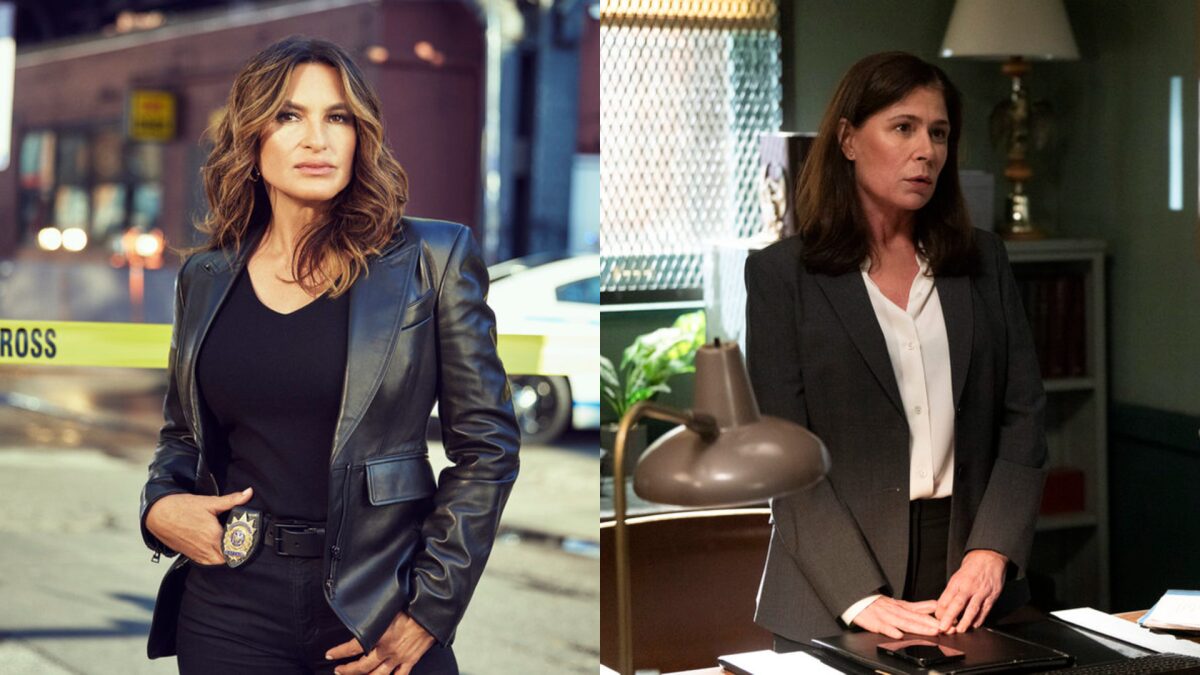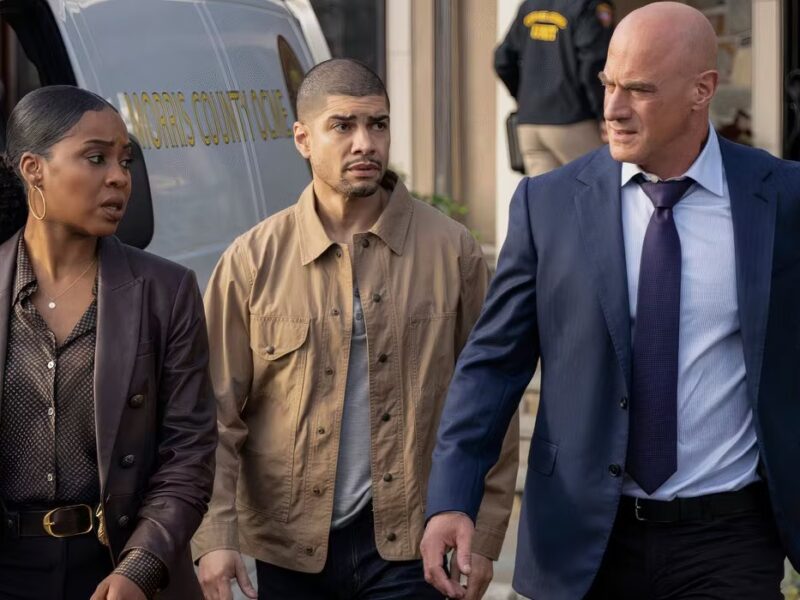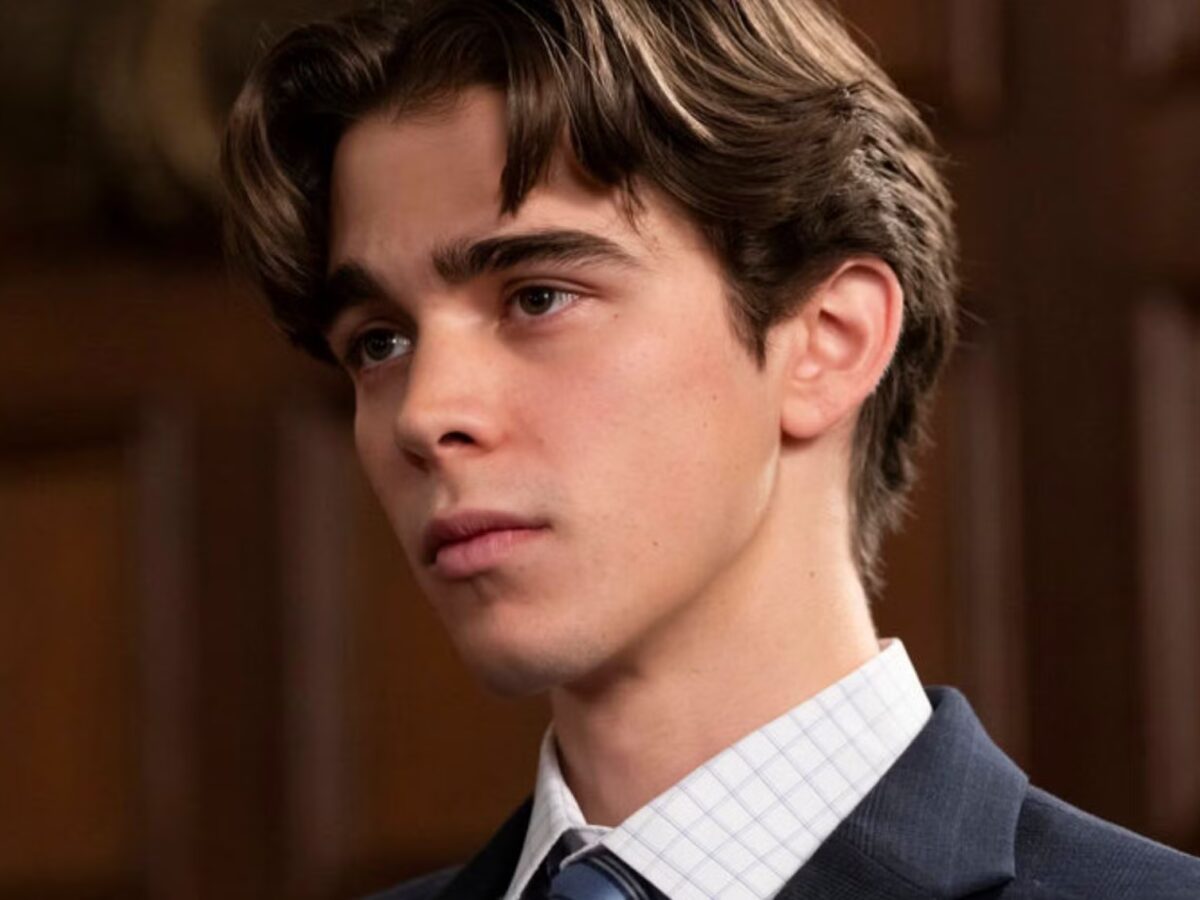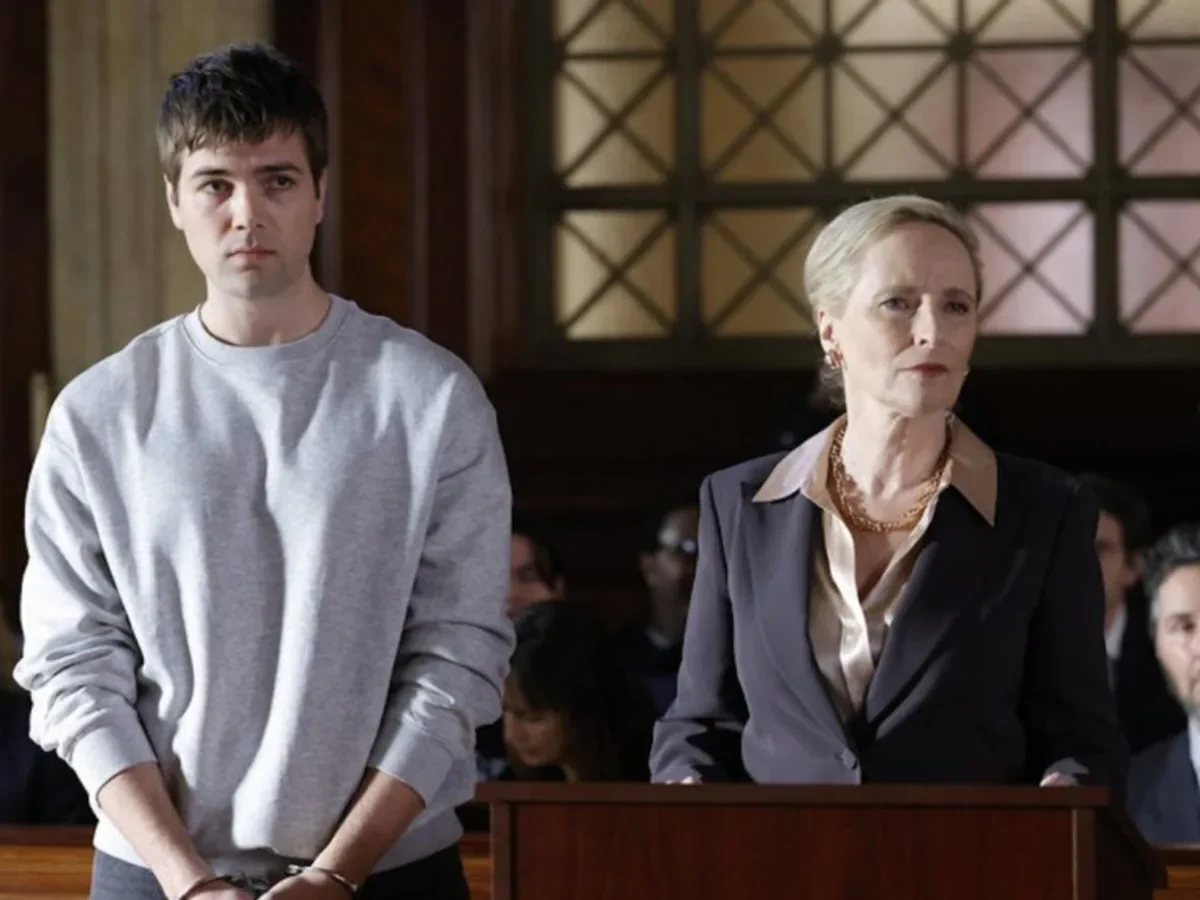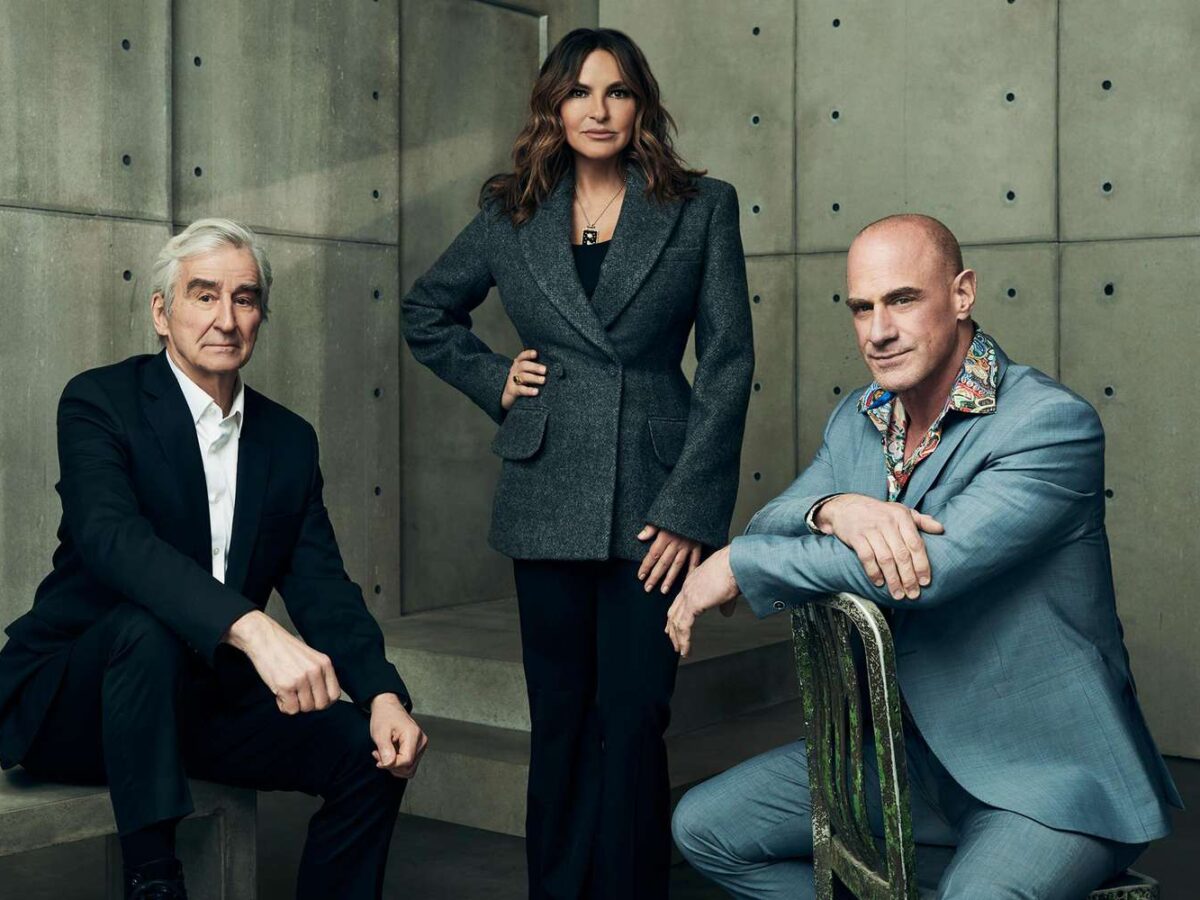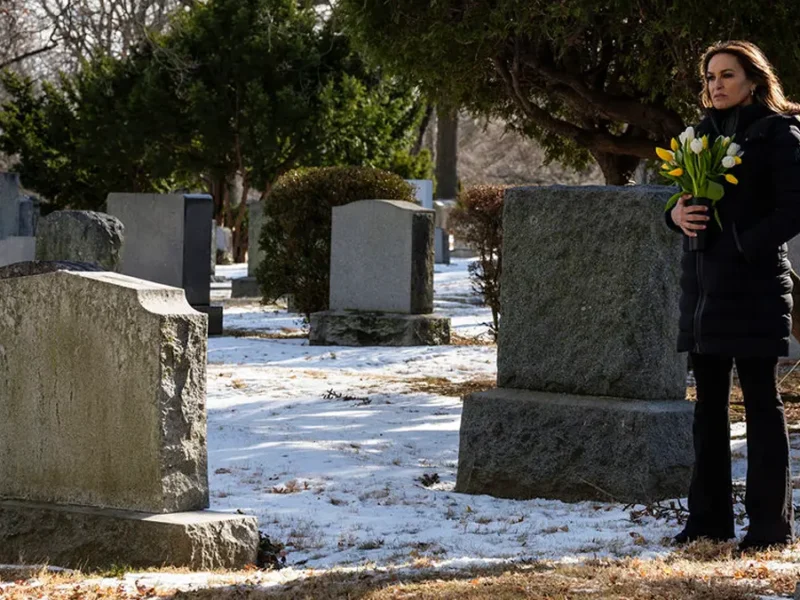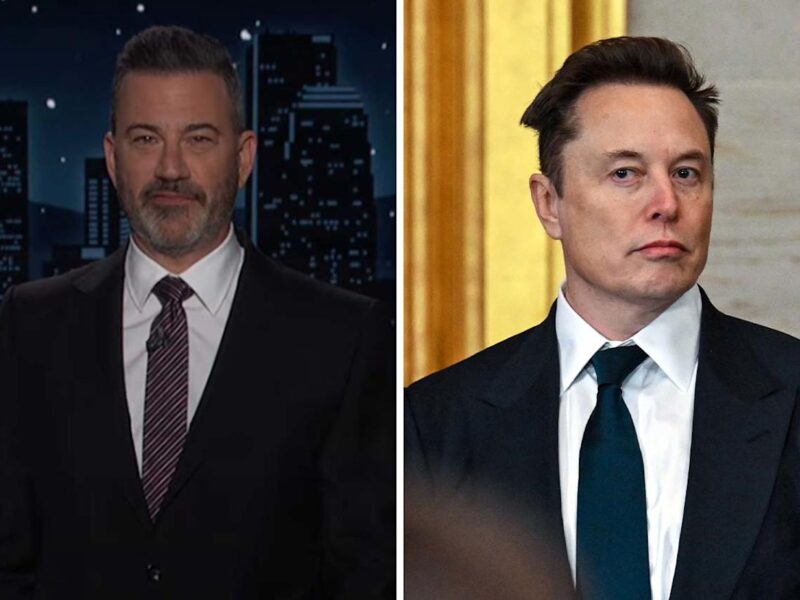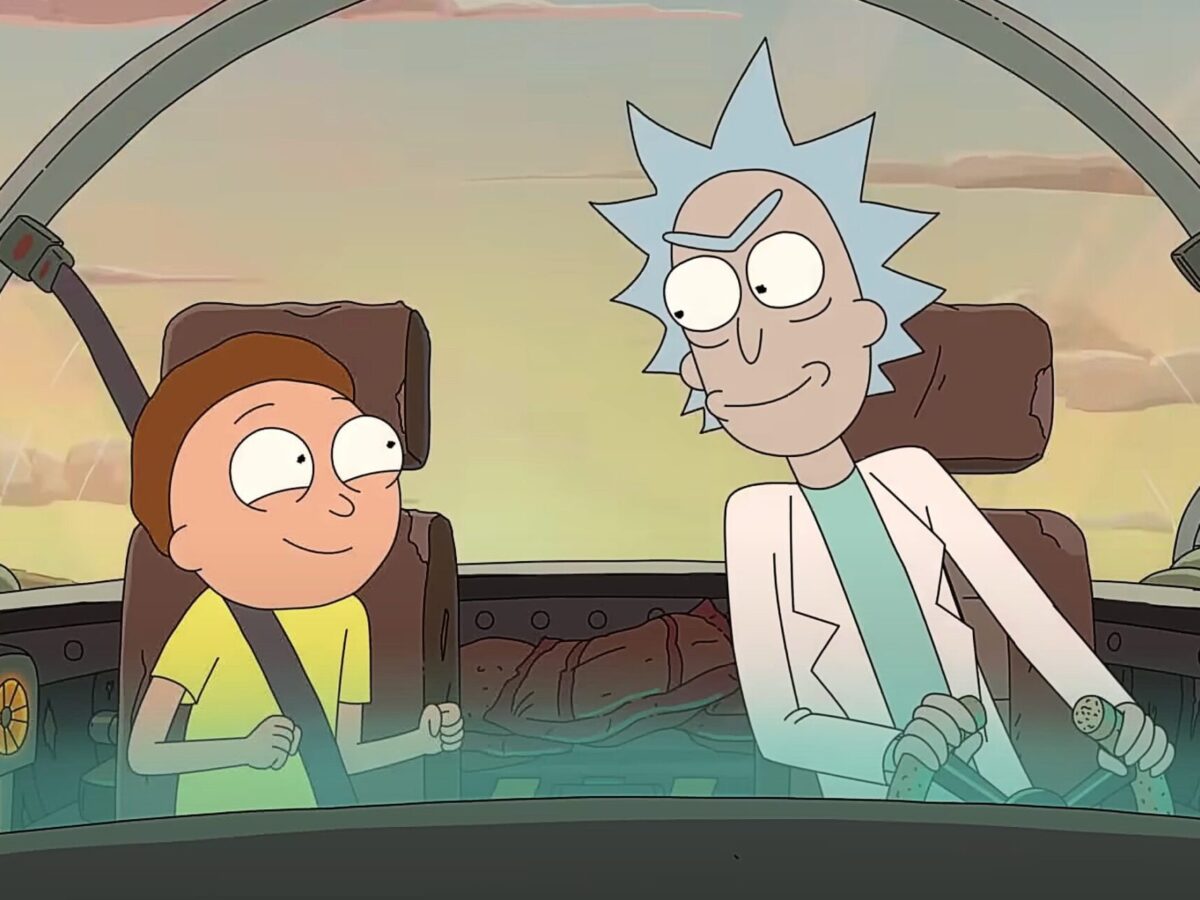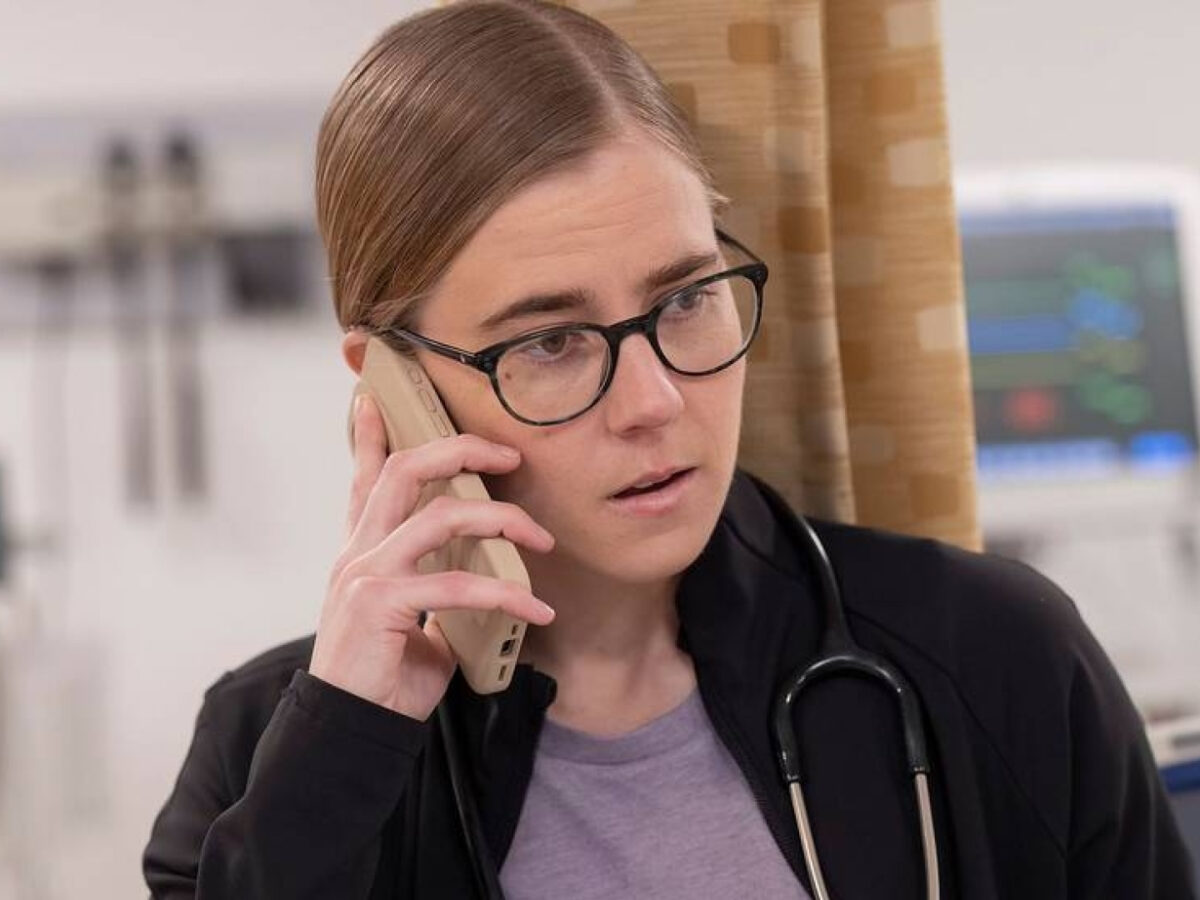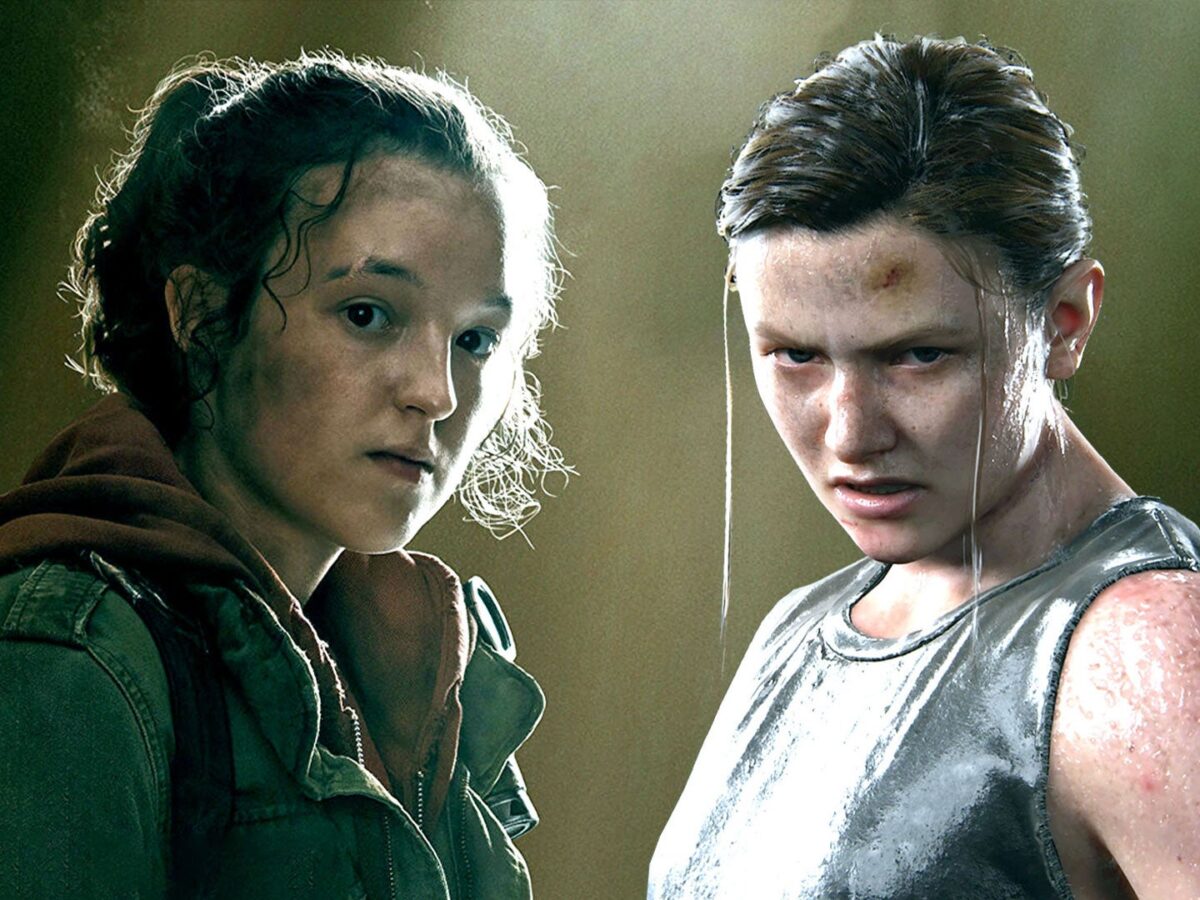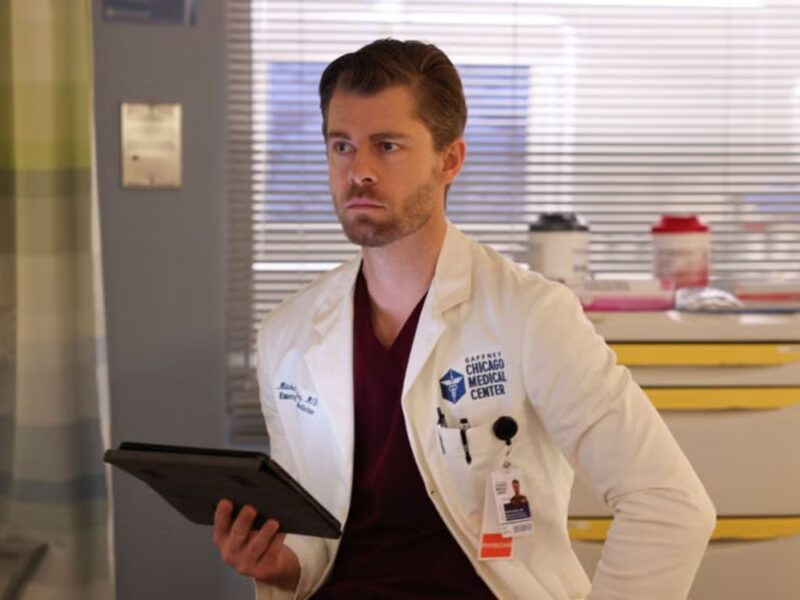After more than three decades of procedural dominance, Law & Order continues to reinvent itself. The upcoming crossover event, airing Thursday, April 17, promises to be more than just another ratings boost—it’s a full-scale television spectacle. Rick Eid, the franchise’s current showrunner and creative architect behind recent seasons, has declared the two-part crossover between the main Law & Order and Special Victims Unit as “a two-hour movie.” For fans, that means an experience that breaks format and embraces full narrative immersion.
We’ve grown used to procedural crossovers from Dick Wolf’s vast TV universe, but this one is dialing up the ambition. It bridges courtroom tension and on-the-ground police drama in a way the franchise has only flirted with before. With major players like Maura Tierney’s Lt. Jessica Brady and Mariska Hargitay’s iconic Olivia Benson in the mix, the event is shaping up to be a rare alignment of legacy and evolution.
More than a format: TV meets cinematic storytelling
What makes this crossover different, according to Rick Eid, is the blending of what have traditionally been separate narrative spaces. As he told TV Insider, “The episodes will feel like a two-hour movie… still in keeping with Law & Order’s format of the police investigating a crime and the attorneys prosecuting the offenders.” It’s a bold move, especially for a franchise built on compartmentalized acts and rhythm.
Eid, who has previous experience working on FBI and Chicago PD, knows the value of pacing and stakes. He explains that this event uniquely integrates the DA’s office and field operations, letting detectives and prosecutors collaborate in real-time. That means detectives will be testifying in court, and prosecutors will influence arrests. It’s not just narrative cohesion—it’s dramatic fluidity. For longtime viewers, this structural shift could be as thrilling as the storyline itself.
As we’ve seen in past episodes, characters like Jessica Brady bring intense complexity when placed in legal crosshairs. Her storyline, which climaxed in Season 23, laid fertile ground for courtroom drama. Combining that energy with SVU’s emotionally-driven cases promises a compelling synergy.
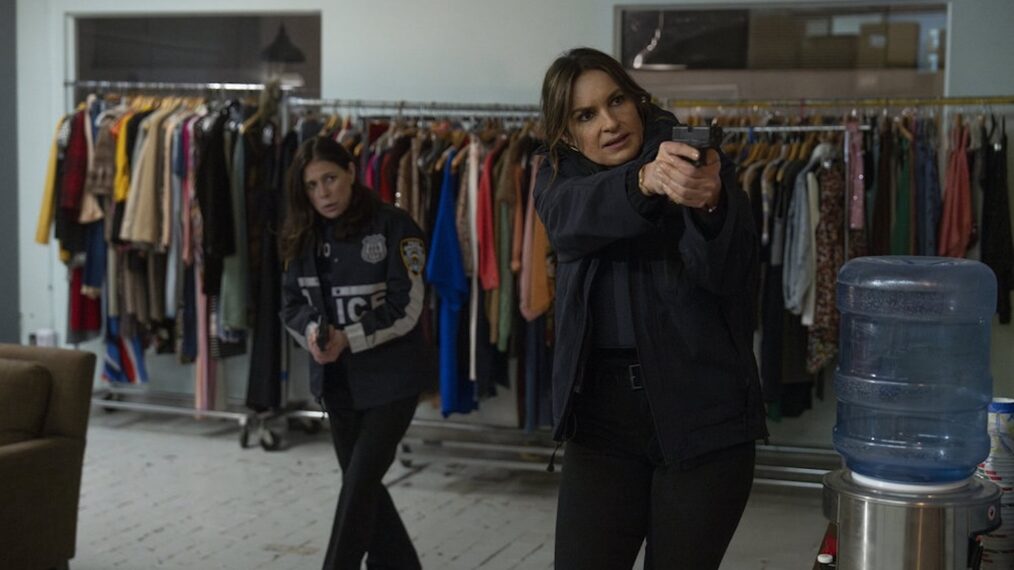
The ensemble effect: faces old and new
This crossover isn’t just about narrative innovation. It’s also a showcase of ensemble chemistry. With Mariska Hargitay reprising her role as Capt. Olivia Benson, and Kelli Giddish returning as Amanda Rollins, there’s a comforting sense of legacy. These characters aren’t just fan-favorites; they’re anchors in a franchise constantly introducing new faces.
Meanwhile, newer cast members like Reid Scott (Det. Vincent Riley) and Mehcad Brooks (Det. Jalen Shaw) bring fresh dynamics. Their characters were introduced to reboot the show’s procedural beats, and seeing them interact with stalwarts like Benson suggests a handoff between generations. That tension—between the old guard and new recruits—adds another layer to an already multi-threaded event.
According to Eid, this kind of character blending is intentional. Much like the recent One Chicago three-part crossover, which some cast compared to Avengers: Endgame, this Law & Order event aims to reflect a shared universe narrative where stakes ripple across storylines.
Why Thursday matters: setting the stage for prime-time legacy
Set to air on Thursday, April 17, the crossover will span two hours and two shows, but interestingly, Law & Order: Organized Crime won’t be part of the storyline, even though it will conclude the night. That decision, while surprising to some, allows the core narrative to stay focused and tonally aligned.
The Thursday night slot is no accident. NBC has long positioned it as a flagship time for drama. By choosing to roll out this event then, Law & Order is making a clear statement: this isn’t just TV. It’s franchise storytelling on a grand scale. The kind of thing fans will tweet about, rewatch, and argue over.
This event could be a new template. One where crossovers don’t just serve as connective tissue but as standalone cinematic chapters in an ever-expanding TV universe. With the success of similar ventures in Chicago and FBI, Dick Wolf’s universe may be on the verge of its most ambitious evolution yet.
So the question is: will this two-hour cinematic crossover change how Law & Order tells stories going forward?

Open your account on Disney+ and you will have access to movies like Spiderman, Lightyear, Cruella and Pinocchio. You can also watch Star Wars series like The Mandalorian, Andor and The Book of Boba Fett.
